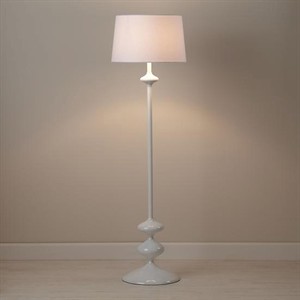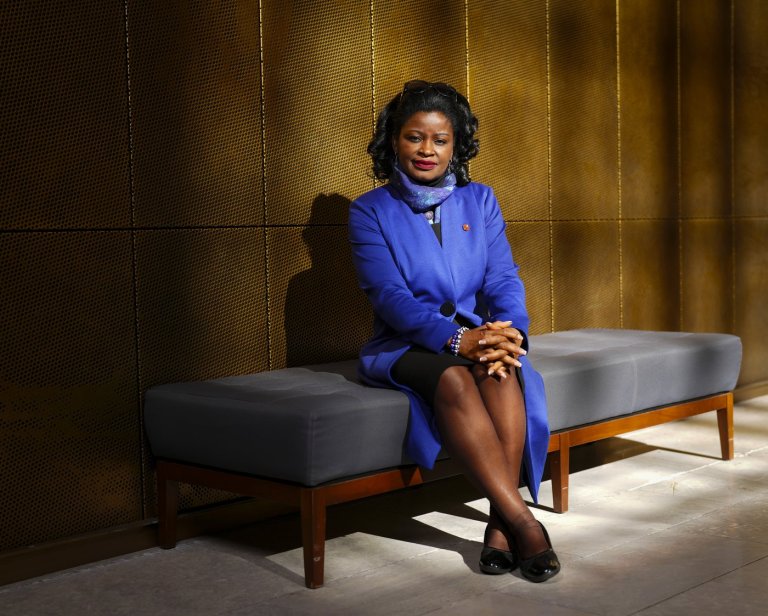
Kids doing homework in poor light? Illuminate their world
If you can’t imagine how your kids can possibly see well enough to do their homework as they sprawl out on the floor, their beds or the couch; fear not: Though good lighting for the homework hour (or hours) is often forgotten, it is simple to achieve.
“Sometimes we get so focused on making the room look cute, we can overlook the importance of the spaces having to function well,” says Chicago designer Ruthie Stebbins.
Lighting options are plentiful at any budget, and online shopping can help you narrow the options.
“(You) can always find something pretty at any price point,” said Stebbins, of RHS i + d. “It’s out there.”
It stands to reason that kids will be more productive and efficient when they can see clearly.
“The more easily you can read something, the more easily you can learn it,” said Dr. Pamela Gallin, a pediatric ophthalmologist at NewYork-Presbyterian Hospital. “Good light will help you learn more easily.”
Light should be bright enough to be comfortable; if kids are moving away from it or squinting, it’s likely too bright. It should not cast distracting shadows, and should illuminate an area beyond the work at hand, rather than serving as a high-contrast spotlight, Gallin said.
“The ideal is a well-lit room with extra light at the homework page,” she said. “You don’t want an island of light in a sea of dark.”
However, the age-old way to sneak in just a few more pages before bedtime won’t hurt them.
“If they’re reading a book under the blanket with a flashlight, they’re not doing any harm,” Gallin said, although not being able to see clearly or straining to see could cause a headache.
Without good light, “you’re not causing physical harm,” she said, “but you’re not at tip-top productivity, either.”
Stebbins says that layering the light — that is, using more than one light source in a room — boosts the esthetics and functionality of a space.
In a child’s bedroom or playroom, she likes to use a flush or semi-flush ceiling fixture or recessed lighting to evenly light the room and eliminate high-contrast areas — bright and dark spots in a room. Then, she illuminates the space where a child is working with a lamp.
Layered light “adds to overall ambiance and warmth of the room,” said Stebbins.
If your child sits at a desk, look for a lamp with at least 60 watts of light and tall enough to cover a wide-enough area to avoid the spotlight effect, Gallin said.
Lamps for the floor and the desk are commonly turned out with metal shades, but Stebbins prefers paper and linen shades because they lower the contrast by diffusing the light.
If your kids study or read on the floor or couch, try parking a floor lamp behind them to wash their textbooks in light. “If you’re not sitting at a desk or flat surface, then you want over-your-shoulder light,” Gallin said.
As with a desk lamp, the scale of a floor lamp is important. If a child is reading while lying on the carpet or plopped in a beanbag chair, the light shouldn’t be too far from the floor.
“You want to keep the light directed within 24 inches of those pages,” Stebbins said. “If her knees are the surface, you might be looking for a floor lamp that has multiple bulbs you can direct around.”
With so many kids using computers for school, parents should take extra care to keep the contrast low in the homework space.
“The environment should be as soft and evenly lit as possible so the high contrast on the screen isn’t exaggerated by a high-contrast light in the room,” Stebbins said.
While these are ideal lighting scenarios, Gallin urged parents to pick their battles wisely.
“If they’re getting A’s and they’re not getting headaches,” she counselled, “don’t argue about the light.”
___
Online:
Lisa Flam can be reached at http://twitter.com/#!/lisaflam
Join the Conversation!
Want to share your thoughts, add context, or connect with others in your community?
You must be logged in to post a comment.


















